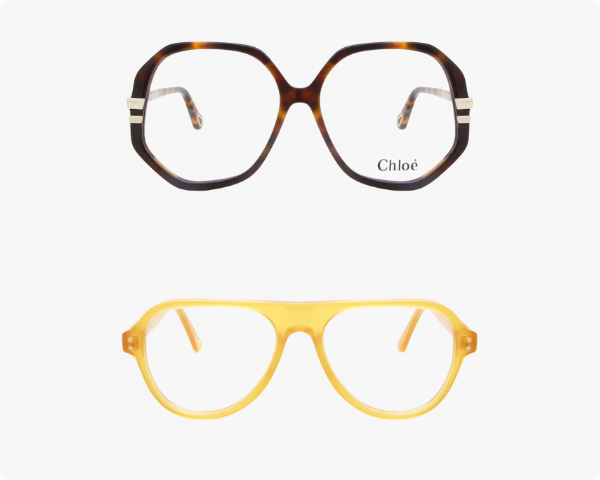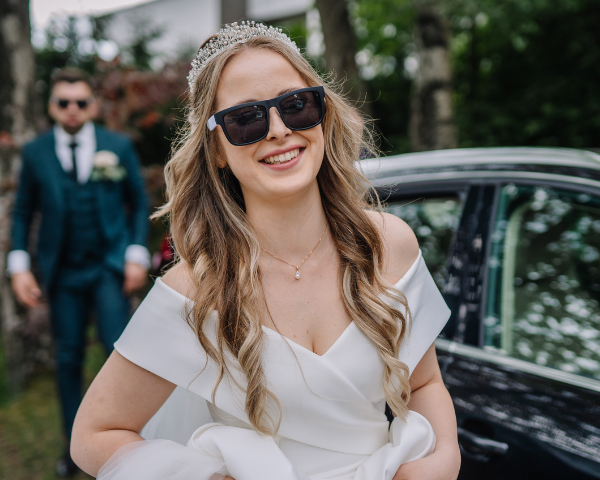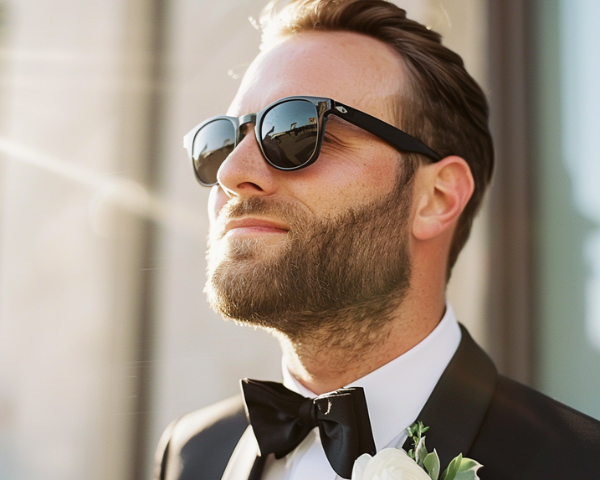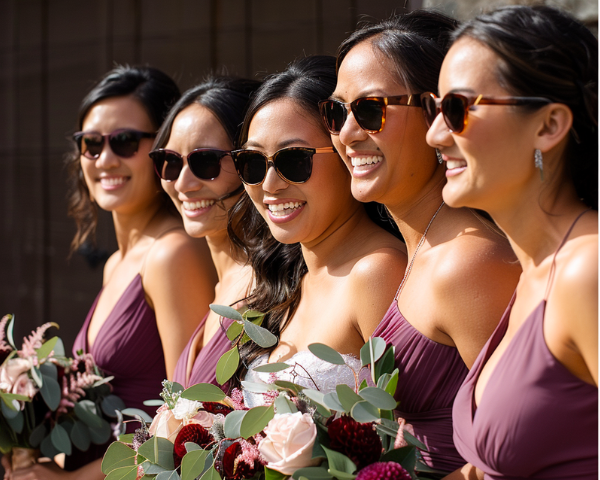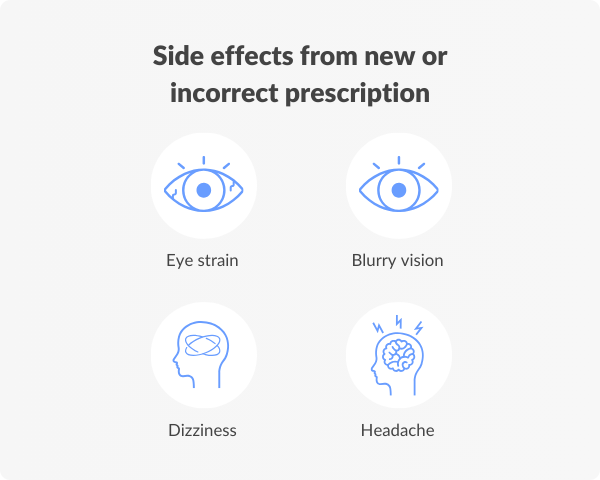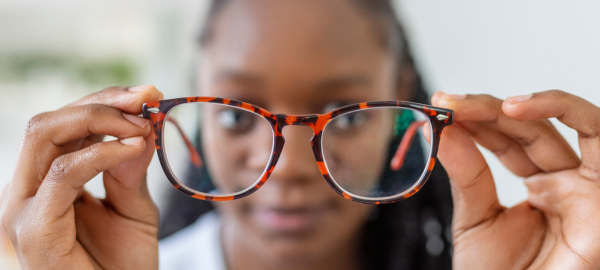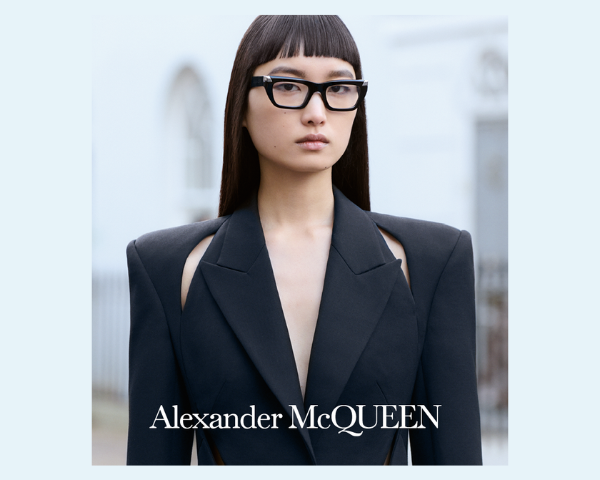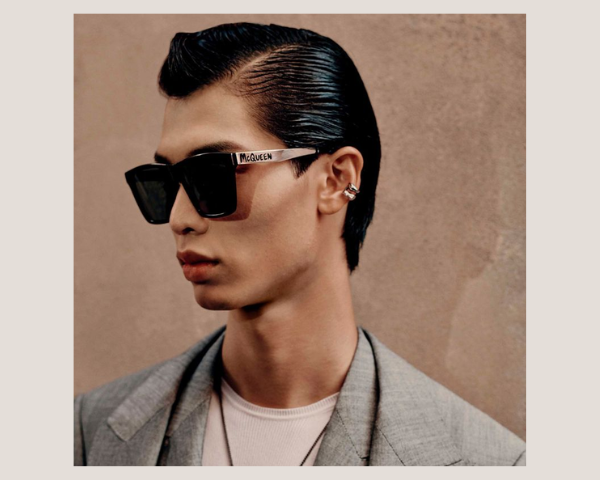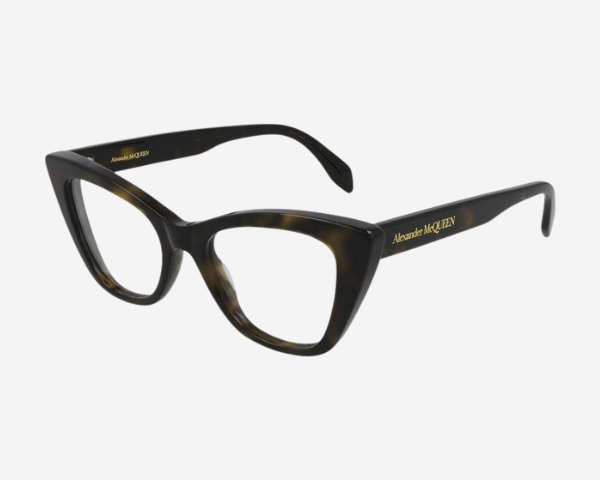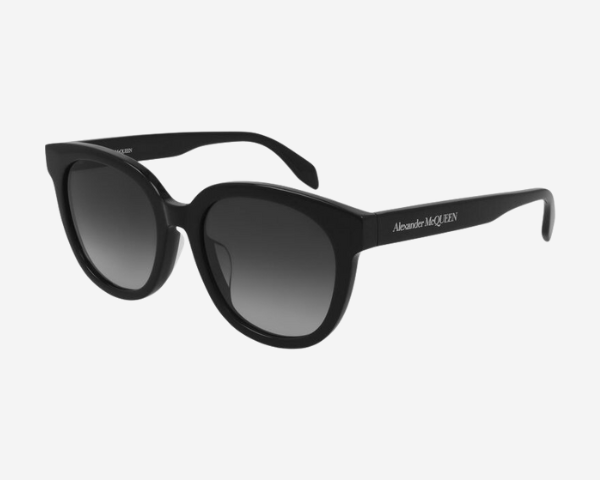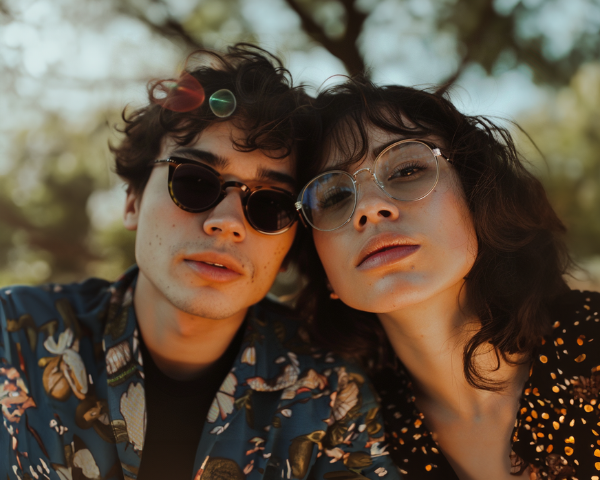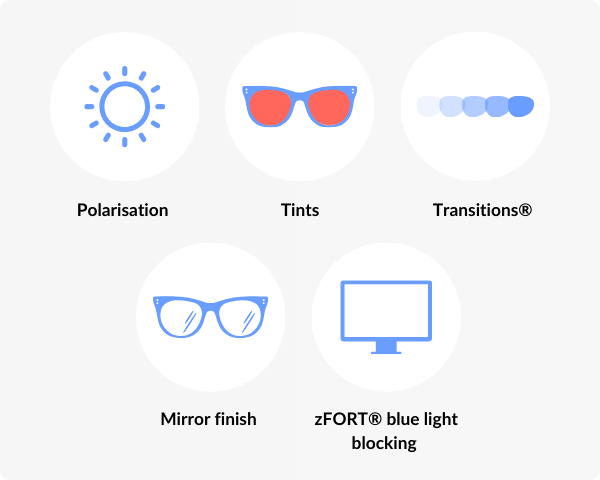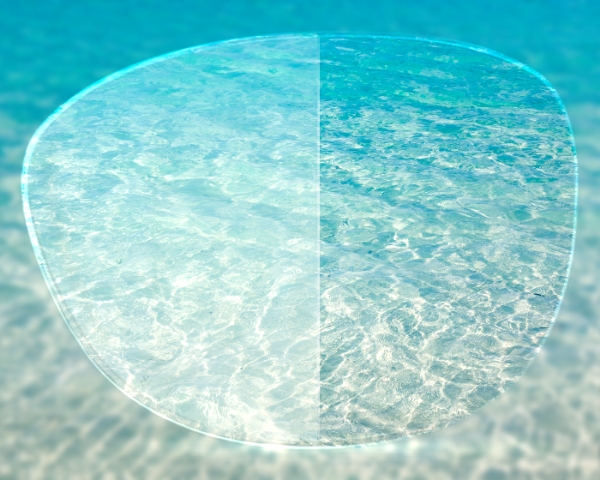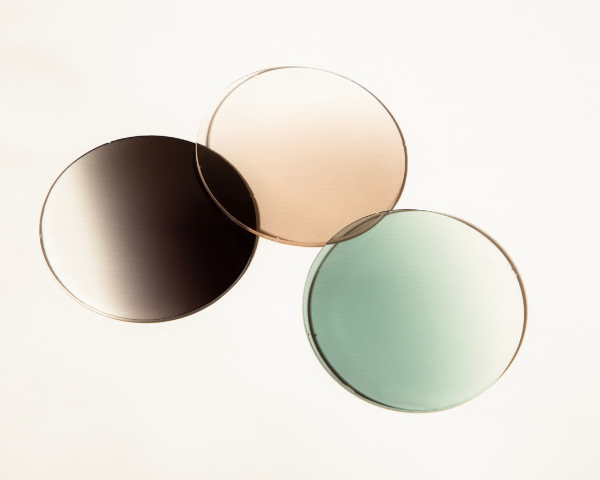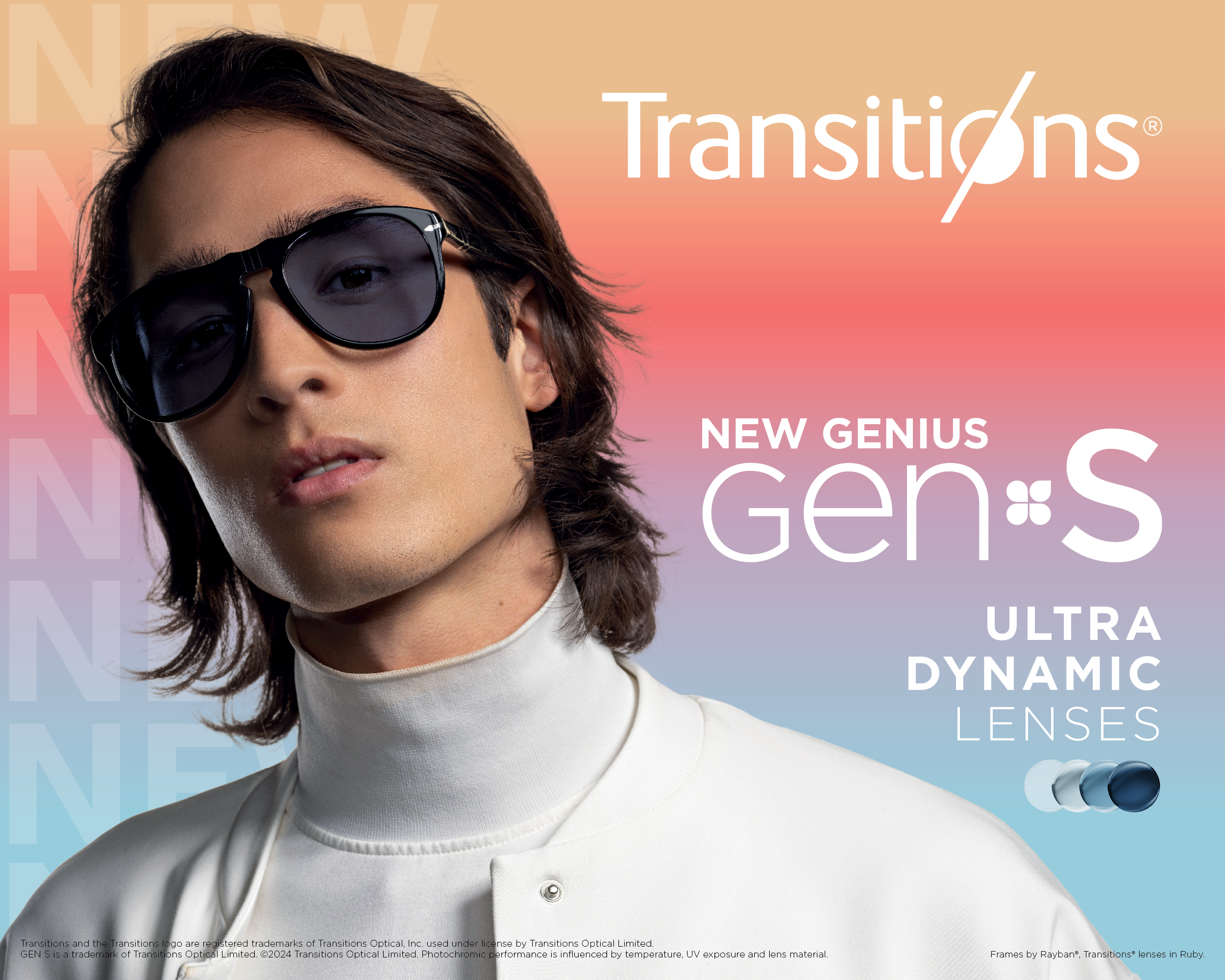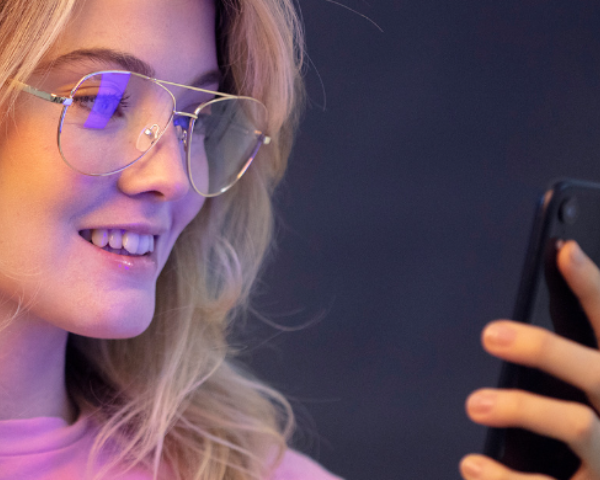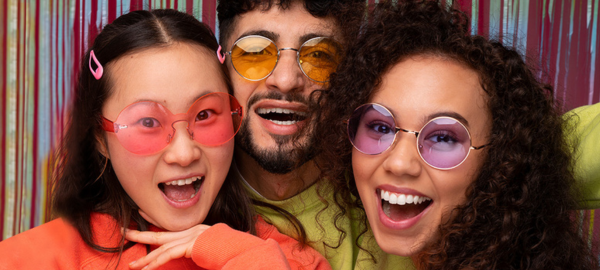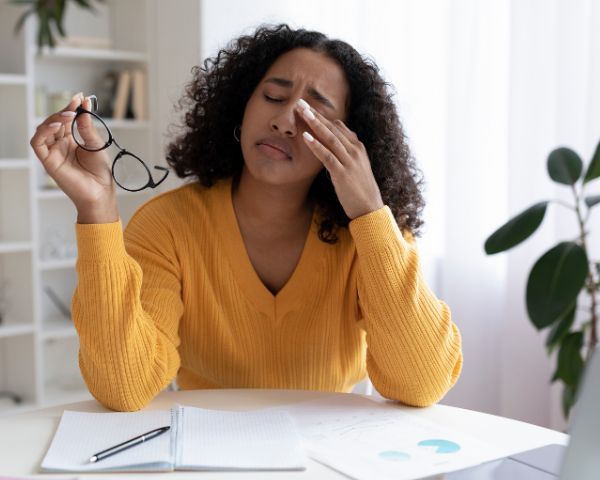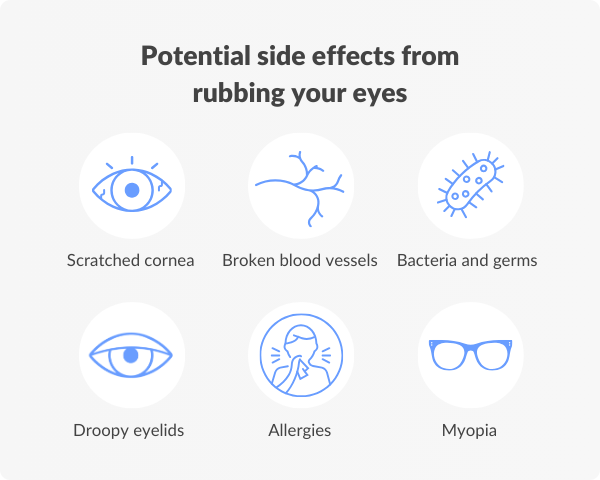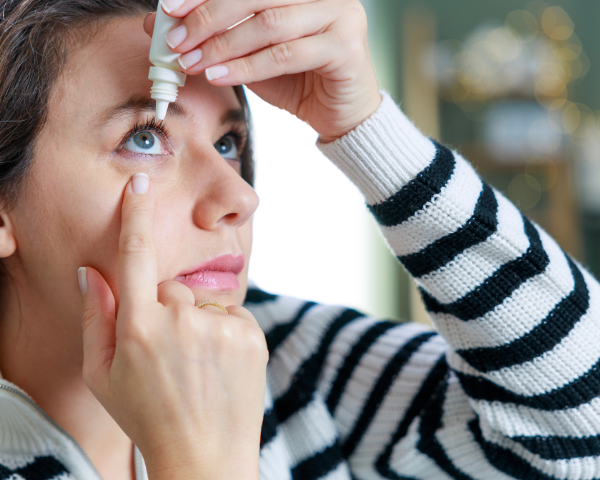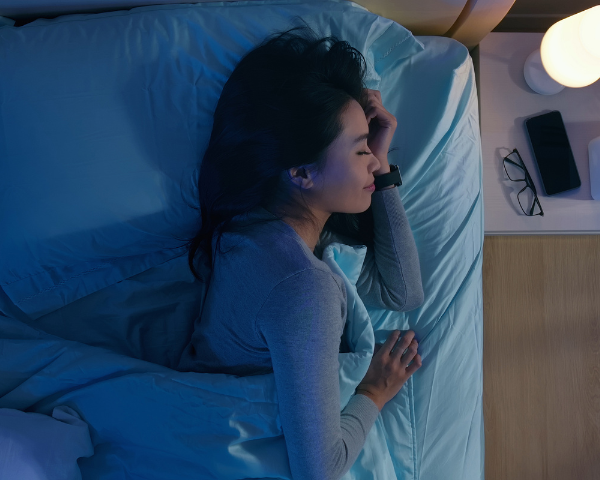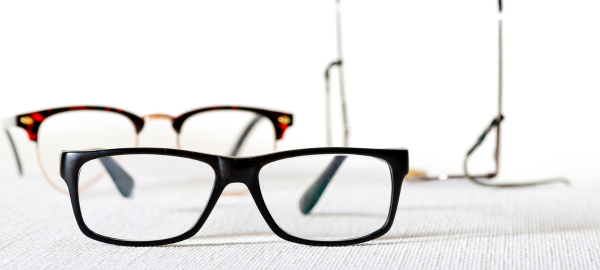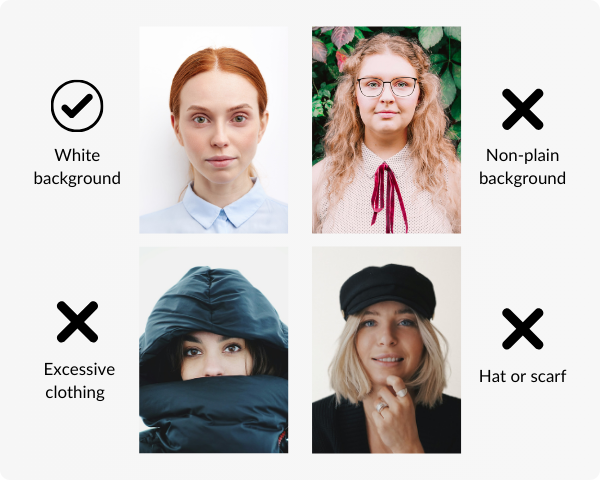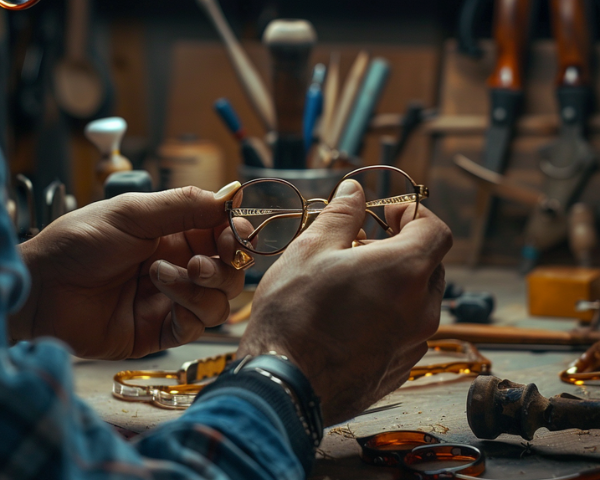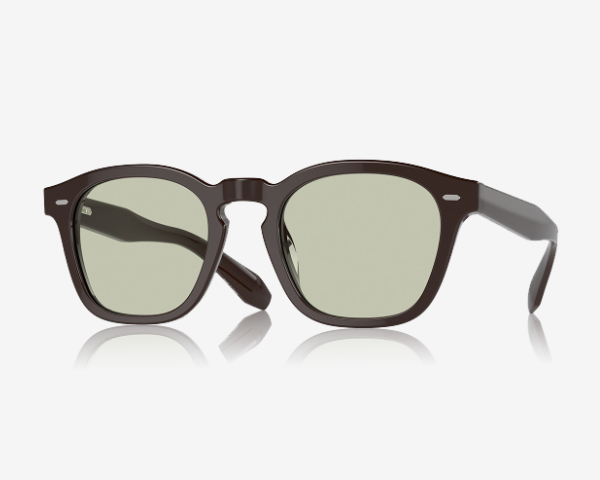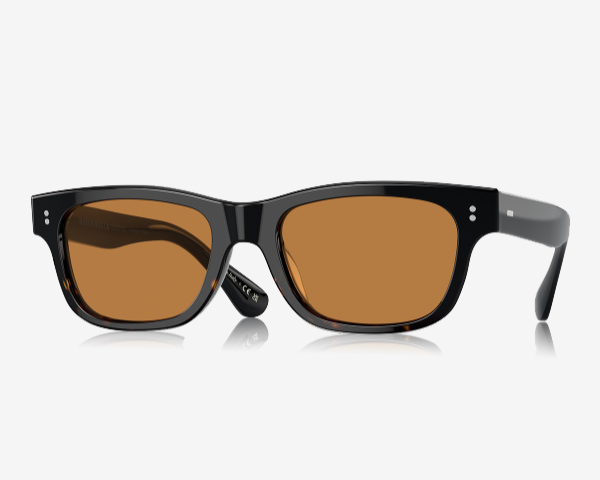How Rare Is Your Eye Colour?
By Klaudia Pasternak
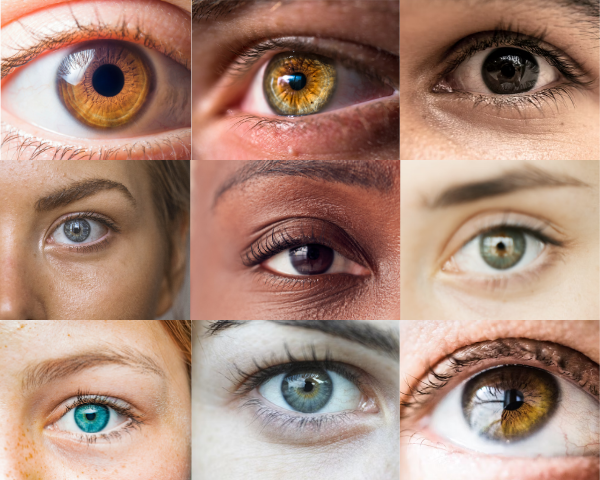
Ever caught a glimpse of your eyes in the mirror and wondered just how unique your eye colour really is?
In this article, we’ll discover just how rare or common each eye colour is and explore how ethnicity affects your chances of having certain eye colours. But first, let’s start with what actually determines the colour of your eyes.
What determines your eye colour?
Genetics and melanin are the two key ingredients that paint the unique colour of your eyes. Think of genetics as the artist and melanin as the palette, working together to create everything from deep browns to vibrant blues and greens.
Without getting too technical on you, there are two key genes – OCA2 and HERC2 – that produce proteins which influence the type and quantity of melanin present in the iris – the coloured part of the eye.
Genetics can be quite intricate. For example, two blue-eyed parents will probably have a blue-eyed child, but it’s not guaranteed. This might be due to the recessive genes that the parents carry, which might not show in them but could be passed onto their child.
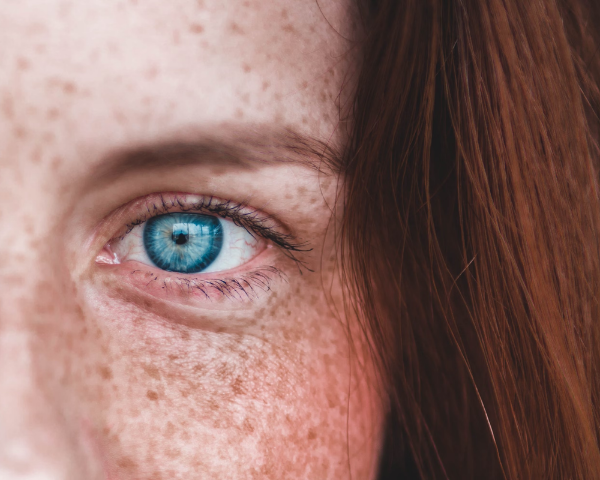
Additionally, sometimes the interplay between genes can result in completely different eye colours which differ from the typical patterns which were seen in the family.
Melanin is the pigment that gives colour to your skin, hair and eyes. When it comes to your eyes, melanin levels really alter the shade of your eyes.
The amount and type of melanin in the iris — and whether it’s present in the front layer, back layer or both — can determine whether your eyes will be blue, green, brown or one of the rarer shades.
As a result, higher levels of melanin result in darker eye colours, like brown, while lower levels result in lighter colours, such as blue or green. (Sturm et al., 2008).
Most common eye colours
When you think of your friend group, you might notice that many of them have either brown or blue eyes. This isn’t surprising, considering that research indicates brown and blue eyes are the most common eye colours worldwide. This is then followed by hazel or green eyes.
However, let’s dive into the stats and see what percentages of people have these common eye colours and what makes up the most common eye shades.
Brown eyes
Brown eyes take the crown as the most common eye colour worldwide – seems like Mother Nature’s a fan of the classic, “one-size-fits-all” approach in her colourful genetic palette, showcasing a spectrum of shades from rich chocolate to warm chestnut.
Despite the misconception that babies often start with blue eyes, it’s actually quite common for newborns to have brown eyes. In fact, about 45% of people around the globe have this eye colour, making it one of the most common shades. (Harris Poll survey, 2014).
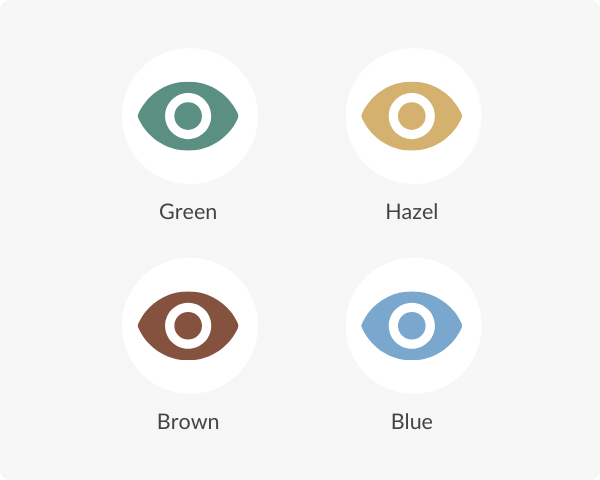
Blue eyes
Blue eyes come in as the runner-up for the most common eye colour among us humans accounting for 27%. Surprisingly, blue eyes don’t actually contain any blue pigment — it’s all about the melanin levels and the scattering of light in the iris, which makes them appear blue. This phenomenon is known as Rayleigh scattering, the same process that makes the sky look blue.
Blue eyes, having less melanin, are more at risk from UV rays, leaving them susceptible to conditions like age-related macular degeneration, ocular cancer and cataracts. It’s because they’re like magnets for UV light, which can seriously damage your eyes. So, while your blue eyes might sparkle in the sunlight, it’s crucial to protect them with shades. Plus, it’s the perfect excuse to wear sunglasses more often!
Green eyes
If you have green eyes, count yourself as lucky. This is because green eyes are the rarest eye colour (of the more common colours, at least) with only 2% of the population having this eye shade. So, what makes up green eyes?
Green eyes are a captivating blend of light brown and yellowish pigmentation, known as lipochrome.
It’s this unique combination that, when combined with the scattering of light (Rayleigh scattering), gives the iris its mesmerising green shade.That’s why green eyes can look so different depending on the weather and lighting.
When it comes to melanin levels, green eyes fall somewhere in between brown and blue.
They have less melanin than brown eyes but more than blue eyes, making them truly stand out. Perhaps it’s this distinctive mix that leads many to believe green is the most attractive eye colour of all.
Hazel eyes
Hazel eyes come in a fascinating array of variations, each with its own unique charm. Typically, they boast a captivating yellow-brownish shade, adorned with flecks of gold, green and brown swirling around the centre like a miniature galaxy.
Despite their enchanting appearance, hazel eyes actually contain as much melanin as their brown-eyed counterparts.
However, there is a twist: the melanin in hazel eyes is distributed differently. Instead of being evenly spread across the iris, it tends to gather more around the outer edge, creating a captivating contrast.
Much like green eyes, hazel eyes owe their colour to the Rayleigh scattering effect and a moderate amount of melanin in the iris.
This unique combination results in a kaleidoscope of colours, visible in the eyes of approximately 18% of Americans.
Most uncommon eye shades
Venturing into the rarer eye colours, there are a few unique colours and combinations of colours that make up this group. These shades include; grey, violet, red and “black”. Let’s take a closer look at each of these.
Grey eyes
Grey eyes are one of the most uncommon eye shades. Often mistaken for blue eyes at first glance, grey eyes have their own unique charm, featuring intriguing spots of gold and brown scattered throughout the iris.
Much like with other light eye colours, their soft grey shade arises from a low melanin content in the iris and the interplay of light. But here’s where it gets interesting — grey eyes also boast an extra dose of collagen in a part of the eye called the stroma, adding to their distinctive grey appearance.
In simple terms, the stroma is the layer beneath the coloured part of the eye, known as the iris and collagen is a protein that provides structure and support.
While multiple sources suggest that roughly 3% of the global population has grey eyes, more research is needed to truly understand the prevalence of this eye colour and distinguish it from others. But one thing’s for sure — grey eyes are rare and captivating.
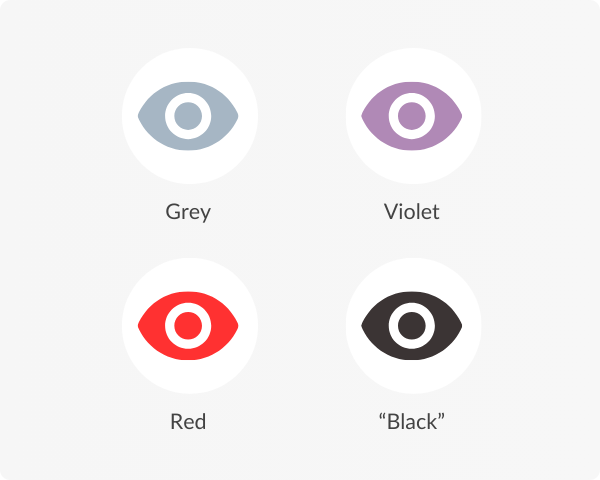
Violet and red eyes
Violet and red eyes stand out as truly extraordinary eye colours, arising from an iris with minimal to no pigment. When light bounces off the blood vessels within these uniquely hued eyes, they cast a captivating violet glow making the eye appear violet or red.
These rare eye colours occur naturally, but they’re as elusive as they are beautiful.
But it’s not exactly a stroke of luck—these colours often arise from albinism, a genetic condition that alters the body’s ability to produce melanin, the pigment responsible for skin, hair and eye colour.
This condition can also lead to heightened sensitivity to light, making sunglasses essential for comfortable vision in bright environments.
Black eyes
Lastly, let’s mention one of the rarest eye shades: a very dark brown, which is often mistaken for black.
True black eyes don’t exist, but exceptionally dark brown eyes can appear almost black under certain lighting conditions. These eyes possess a unique intensity and depth, lacking visible pigmentation variations, lending them a hypnotic and enigmatic allure.
While quite rare, these deep, dark brown eyes have the power to captivate attention and make a lasting impression.
How ethnicity affects the rarity of eye colour
Ethnicity plays a significant role in the rarity of eye colours, often influencing the prevalence of certain eye colours within specific populations.
For example, brown eyes or darker eyes in general are more commonly found among individuals of African, Asian and Hispanic descent, where higher levels of melanin provide a protective advantage against UV radiation.
Conversely, blue and green eyes or lighter eyes in general, are pretty common among people of European descent, especially those from Northern and Eastern Europe.
You can blame it on the historically lower sunlight exposure in those regions, which meant less pressure for bodies to create super high melanin levels. This mix of eye colours among different ethnic groups adds to the whole tapestry of human looks worldwide, making us all wonderfully unique.
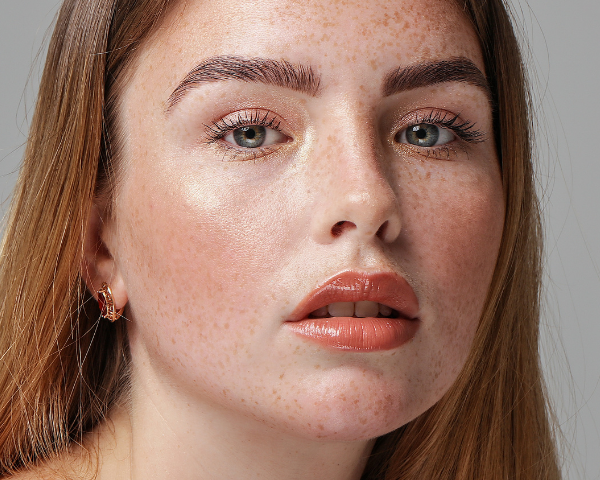
Your eye colour is as diverse as you are
So, how rare is your eye colour? Whether your eyes are a common darker shade such as brown, or an enchanting blue, or maybe rare grey or green, each shade is a unique and fascinating part of who you are.
Each eye colour tells a story of genetic heritage, adaptation and individual uniqueness. So next time you look in the mirror, appreciate the genetic masterpiece that is your eye colour – it’s one of a kind!
Reference list
Sturm RA, Duffy DL, Zhao ZZ, Leite FP, Stark MS, Hayward NK, Martin NG, Montgomery GW (2008), A single SNP in an evolutionary conserved region within intron 86 of the HERC2 gene determines human blue-brown eye colour, Am J Hum Genet. PubMed.
https://www.ncbi.nlm.nih.gov/pubmed/18252222
Related articles















































